

The District has an extensive road network linking its major towns together, thus Accra-Aflao-Lome international highway runs through the district, providing easy access to such major towns as Dawhenya, Prampram, New Ningo and Old Ningo.
The Akosombo-Ho trunk road provides links with Afienya, Doryumu and Asutsuare. The road linking the district capital, Dodowa, to Accra has been upgraded into a first class trunk road.
Most of the major towns in the district are supplied with electricity from the national grid. These include Dodowa, Prampram, Asutsuare, Dawhenya, Afienya, Dorymu, Old Ningo, Kordiabe, New Ningo and Agomede.
Telephone services are available at Prampram, Old Ningo, Dodowa, Kordiabe, Afienya and Dawhenya.
The Distribution of Major Infrastructure and Socio-Economic Services
The provision of social and technical infrastructure in the district is very poor. These may be summarized as follows:
Electricity
About 30% out of the 231 settlements in the district are linked to the national electricity grid. However, plans are underway for some other communities to be connected within the next 3 years under the Self Help Electricity Project. The demarcation of Electricity Company of Ghana districts does not follow the political demarcations.
Telecommunication & Postal Services
Telephone facilities in the district are not well developed because Ghana Telecom is yet to have the District connected to its main line. The Ghana Telecommunication Company has started installing relay stations in two centres (Prampram and Afienya) to boost and install telecom equipment. A new main station is currently under construction in Dodowa. Regarding postal services, as high as 109 (90 per cent) of the settlements have no postal services. Information dissemination is thus impaired.
Broadly, it is estimated that 90% of the district is covered by one or more of the three major service networks in the country. These are:
1. Ghana Telecom. (Fixed lines, Radio phone and GSM);
2. MTN (GSM); and
3. AirtelTigo(GSM).
4. Kasapa
This situation paints a misleading picture as over 80% of the coverage is through the GSM networks which are beyond the means of majority of the inhabitants of the district. Currently only 8 towns/ communities in the district have access to pay phones services and fixed lines from Ghana Telecom.
These are:
- Asutsuare
- Doryumu
- Prampram
- Old Ningo
- New Ningo
- Afienya
- Osuwem
- Kadjanya-Dormeliam.
In view of the importance of telecommunication to business, the provision of health care and education the coverage of fixed lines and pay phones should be widened to cover especially towns within the Dodowa-Afienya-Doryumu-Agomeda catchment area and towns with health facilities in order to complement the efforts being made to improve agriculture, industries and services.
Water Supply
The Ghana Water Company Ltd. and the Community Water and Sanitation Agency supply potable water to the district. It is estimated that 34% of the inhabitants in the 231 settlements have no access to potable water. A total 18 towns have access to pipe borne water while the inhabitants in the remaining towns depend on wells, boreholes and other resources for water.
The main treatment plant is at Kpong. Water from this source supplies the district as well as Accra, the capital city. The main 21-inch distribution line leads to Ashiamanen-route to the capital. On this line settlements within the district including Prampram, Afienya, Dawenya as well as Old and New Ningo are serviced. Other communities including Dodowa, Ayikuma and Agomeda in the east are also serviced from the Kpong works; however, their service is via a booster station located at Akole, which also supplies water to the Akwapem Ridge through a 16-inch feeder. The capacity of the Akole reservoir is 100,000 gallons per day.
The Osudoku Water Scheme has been completed to supply water to communities in the Osudoku Traditional Area whilst about 29 communities are to be connected to the 3-Districts (Dangme West, Dangme East, North Tongu) Water Scheme currently underway with support from DANIDA/ Community Water and Sanitation Agency. Table 1.19 presents the communities with pipe borne water and number of standpipes observed during the inventory. The capacity of the Akole reservoir is not adequate to meet the demand within its catchment’s area.
The number of standpipes within communities that currently enjoy pipe borne water indicates that 19 out of the 41 public standpipes are currently functioning while 22 are not functioning. Apart from the communities listed in table 8.8, which have access to pipe borne water, there are communities that are currently not serviced but have standpipes. The survey recorded 6 of such communities in the district. These are: Boreholes and Wells. There are 38 boreholes and one (1) well with a pump. The type of borehole that is constructed is the GH. Mod. Indian MK II. Currently all functioning with the exception of only three (see table 1.20).
The boreholes are located in 26 communities. There is only one hand dug well at Djorkpo, fitted with a pump in the district. It is significant to note that all the boreholes in the district are found in the Osudoku Traditional Area: Proximity to the Volta Lake creates a high water table (aquifer) that guarantees sufficient yields. In the absence of boreholes, pipe water, wells, the population depends on dug out and rivers (see plate 1.7 and plate 1.8)
Transportation System
Road: The district has about 252 kilometers of road network. 40 per cent is surfaced while the rest are feeder roads. Track and footpaths also link villages. The total road network when compared to other districts appears to have a good spatial distribution. Apart from the central portion of the district, which is devoid of roads, the rest of the district is fairly linked up. The road surface condition of the national trunk roads is of an appreciably good condition.
However, the local arterials such as the Dodowa-Afienya road and Doryumu-Agomeda road need urgent improvements. Most of the feeder roads that give access to the more rural centres are unsurfaced and need regular resurfacing especially after the rainy season. Statistics about traffic on those roads such as traffic volume, vehicle fleet, traffic composition, hourly distribution, peak hour traffic, and passenger and freight movement are non-available for the district. Surveys would have to be conducted to collect such vital data for future planning purposes.
Railway
There is a disused 14.8 kilometer railway line from Tema through Afienya to the Shai Hills used for the construction of the Tema Harbor. This line can be rehabilitated for urban transport.
Navigable Water
The 20.7 km kilometer stretch of the Volta River is navigable by the use of outboard powered boats and small dugout canoes. The rest of the rivers in the district are seasonal and non-navigable. Public transport supply for goods and passenger movement is however inadequate. There is an average passenger waiting time of about two hours on non-market days and 1 hour on market days for people traveling between the larger centres of Prampram to Accra/Tema or Dodowa to Accra/Tema. The combination of inadequacy of vehicles using these roads and the poor maintenance of both vehicles stock and network has led to a poor integration of the settlements within the district. This adversely affects the marketing of goods and the spread of innovation. The District Assembly in addressing the transport problem in the Shai area recently commissioned two high occupancy Tata Buses owned by a private operator, Conca Engineering Co. Ltd
Markets
Markets in the district are not well developed. This situation could be explained by the lack of specialized agricultural product that could be marketed in large quantities. The general decline in economic activity and the lack of integration of the settlements into the regional economy are also factors.
Housing
Houses in the district can be grouped under the following classifications;
1. Sandcrete walls with aluminum or asbestos or zinc roofs (34 per cent)
2. Landcrete or mud walls with aluminum or asbestos or zinc roofs
3. Wattle and daub with thatched roofs or landcrete with thatched roofs
According to the baseline survey carried out in 2000 most households in the district had a bath and kitchen 97.8 per cent and 74 per cent respectively. However, toilet facilities either privately or publicly owned were found to be generally inadequate. Only 26 per cent of the households had toilet facilities. The lack of proper toilet facilities poses serious health problems for the District especially overcrowded settlements. These conditions together not only affect the quality of housing, but also the environment. Demand for housing in the District capital Dodowa is high. The rest of the district has spare capacity due to emigration. In the major settlements housing quality is high. 31% of the houses in the urban areas have landcrete walls, 34% roofed with asbestos or aluminium and only 3% of the urban housing is of wattle and daub. Some of the houses particularly in the District capital including those threatened by erosion need rehabilitation.
Date Created : 11/24/2017 4:10:57 AM




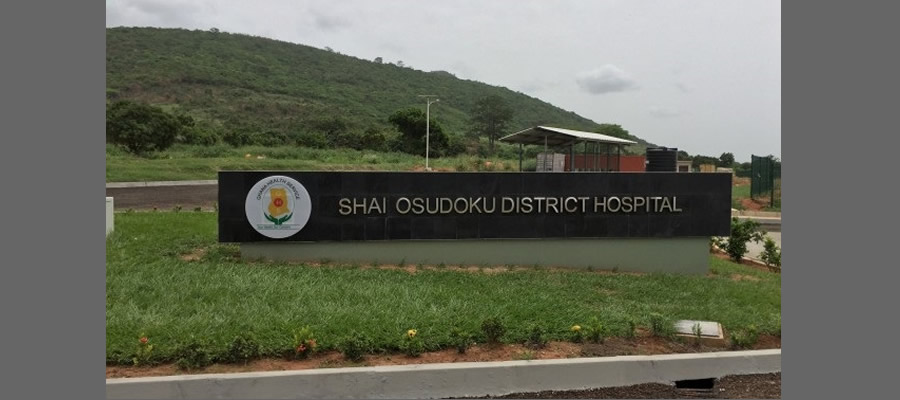
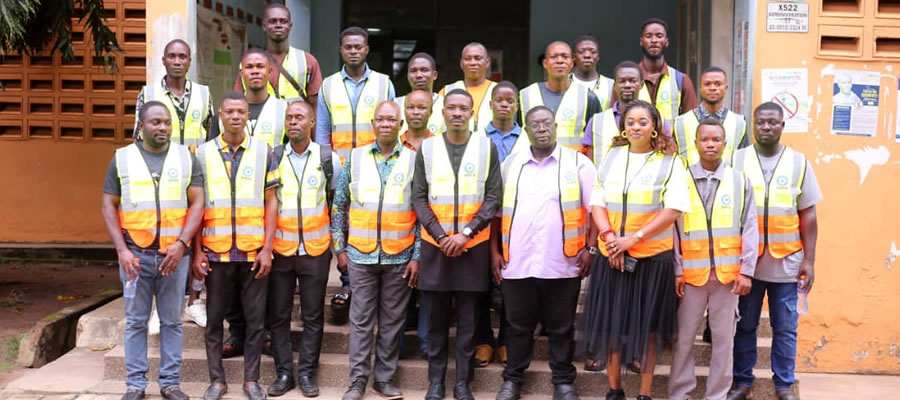
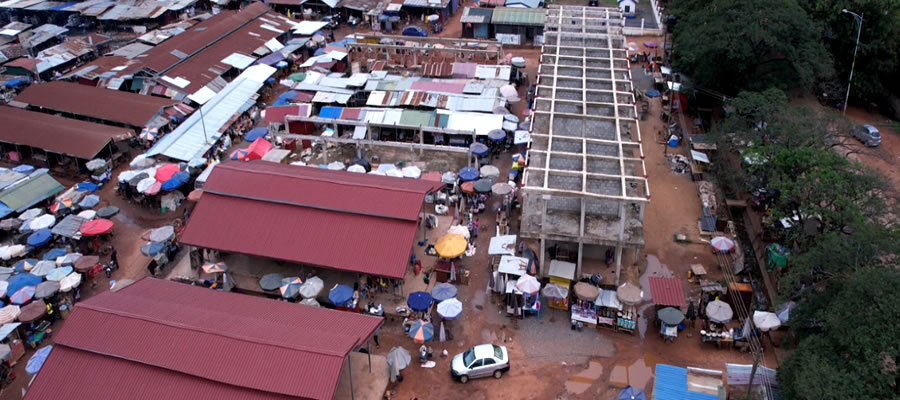
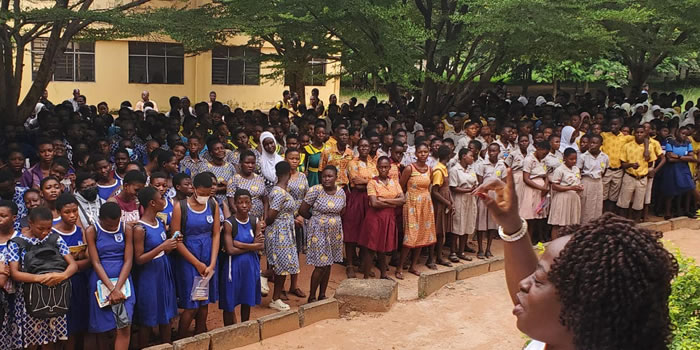
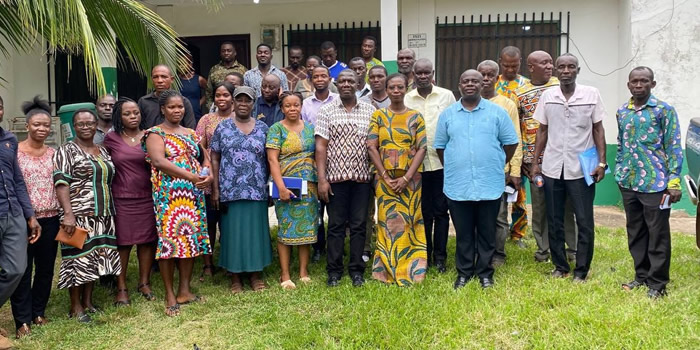


 facebook
facebook
 twitter
twitter
 Youtube
Youtube
 +233 593 831 280
+233 593 831 280 0800 430 430
0800 430 430 GPS: GE-231-4383
GPS: GE-231-4383 info@ghanadistricts.com
info@ghanadistricts.com Box GP1044, Accra, Ghana
Box GP1044, Accra, Ghana